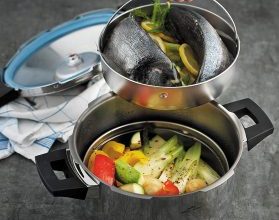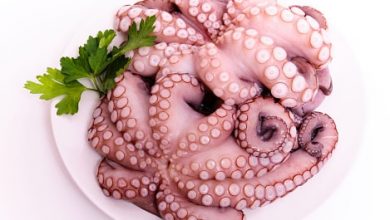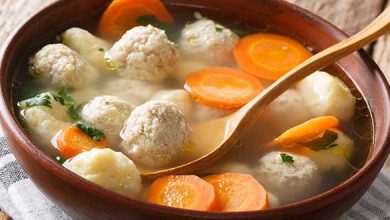Is Teflon toxic?
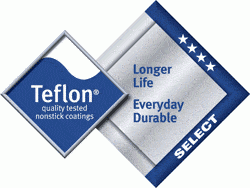
First of all, when we go to buy some pans, the first thing we look at is the weight, the material and the non-stick coating, and Teflon usually appears here. Therefore, except for the iron pans, they all have non-stick materials. And the latter is perhaps the most important. There is nothing more unpleasant than spending a lot of time in the kitchen and your food ends up sticking to you.
We will see what Teflon really is, the star non-stick for decades and that, to this day, is still in the kitchens of the best Chefs. To the mess!
** This is not a popular science blog, but a cooking blog. We refer to the safety studies carried out and the materials approved by the European Union. We understand that if the regulatory bodies and European standards, which are among the most demanding in the world, consider it to be a safe material, it is because it is.
Well, it is not a material, nor is it any chemical compound. It is simply the trade name that DuPont gave to polytetrafluoroethylene. (No, we haven’t misspelled it!)
Therefore, and reading it like this, it seems that nobody likes eating polytetrafluoroethylene with their steak, right? Well, it doesn’t have to be that way. DuPont patented Teflon in 1938. Note that it began to be used in the food industry in the 1970s.
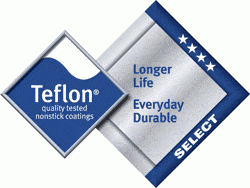
As a result, scrupulous studies and analyzes on the toxicity of these materials began from that moment on. Regardless of the results that demonstrate the non-toxicity of modern pans, a solution came from the hand of Titanium pans. By applying a resistant mineral surface to the pans, the food is not in contact with the Teflon surface.
Myths and Legends about Teflon
And what happened? That after the studies, there was something that made health agencies uneasy: perfluorooctanoic acid, which we know as PFOA. This, in short, is the material that was used to adhere the non-stick coating to the aluminum of the pan.
Consequently, it turned out that this PFOA ingested in high doses could affect health. However, for this to happen, the Teflon layer would have to be seriously damaged, and for a long time. Even so, since 2002, DuPont and the rest of the manufacturers of non-stick surfaces have withdrawn this material and all pans with non-stick since then have been manufactured without PFOA. Despite this, rivers of ink had already flowed on PFOAs and the stigma was served. Therefore, since then, Teflon is sometimes associated with that news and it will be difficult to remove that slab. So if your pan is after 2012, you can be completely calm.
Numerous studies support its safety
Teflon has been shown to be a stable material and without health risks as long as it is not used above 260º, since above that temperature, it will begin to be damaged and could release gases that in large quantities could affect health. .
But if you want to avoid any type of chemical material, you should automatically think of iron or stainless steel pans, which due to their materials and the absence of chemicals you can even put them in the oven at maximum temperature.
On a practical level, nobody will cook anything at 300º of temperature except for an oversight. The food will be thrown away and the pan, surely, too.
To finish, we only have to remember two things: do not heat the pan above 260º and make sure that the Teflon is not damaged, exposing the aluminum of the pan. So being a little careful, we’ll have a nonstick skillet for years to come!
The solution: iron or titanium pans
If you are still looking for pans without any type of non-stick, we recommend iron pans. We offer you two options, the economic ones and the premium ones!
On the one hand, cheaper iron pans are heavier and have certain peculiarities. For example, they need to be hand washed and dried immediately afterwards, otherwise they will rust. This can be uncomfortable if we are in a hurry. Also, their weight may not make them suitable for everyone.
For their part, cast iron pans enjoy the same advantages as conventional ones, but they do not rust. Thus, they can be put in the dishwasher, or washed by hand and left to dry. In addition, they are lighter which makes them suitable for everyone. In short, we believe cast iron pans are “the ultimate skillet”, if you can afford them.
If you are looking for some iron pans but cheaper, the De Buyer Mineral B pans are perfect. Its price is much lower, although it will require you to be careful to avoid rust. To do this, simply avoid leaving them wet after washing and give them a capita of oil.
